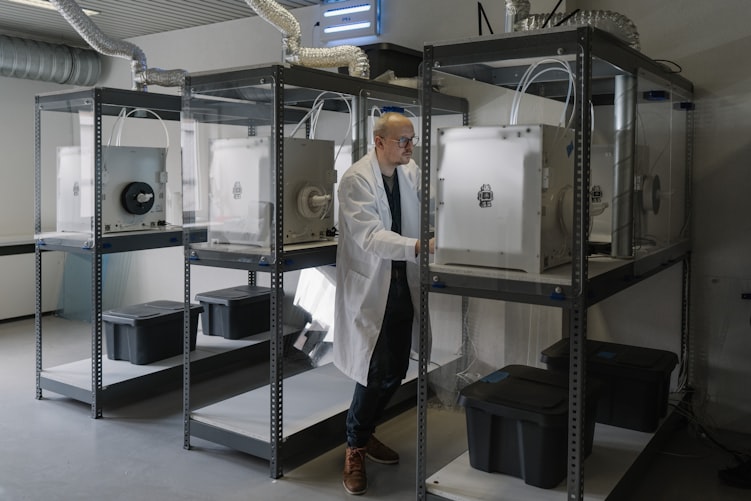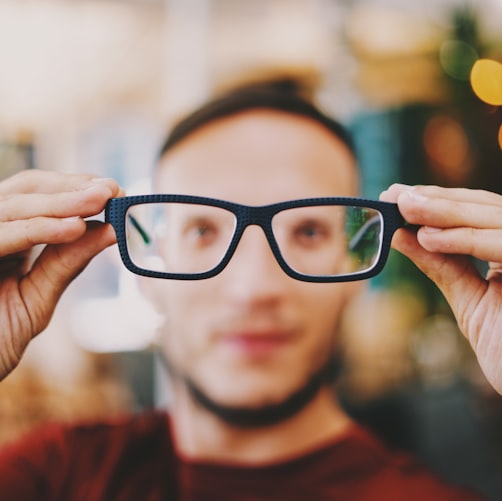Three-dimensional printing, sometimes referred to as additive manufacturing, is transforming the way our reading glasses are designed and manufactured. Several eyewear manufacturers, and even private individuals, are beginning to utilize this layer-by-layer methodology, mostly to make a distinction between their products and those of their competitors.
Sometimes, they use it to leverage more and inject further innovation and creativity into their design concepts. 3D printing technology, indeed, is opening up new opportunities for many companies in the business sector, and the eyewear industry is included in this also.
What is it about 3D printing Australia that experts believe will change the global optical industry?

Additive manufacturing offers unrestrained eyewear design possibilities.
One is limited by his own imagination. This may be just one simple line, but it encapsulates and summarizes the entire possibilities of 3D printing in Australia with respect to invention and design.
Indeed, this technology makes it possible for anyone to create an array of extraordinarily complex structures and, in some cases, object/material designs that are way too impossible to realize without the use of 3D printing. All because of the inherent production limits associated with traditional manufacturing.
This technology has seen more and more use in the eyewear business since it allows for the production of completely custom-made 3D printed eyeglass frames. Regardless of the simplicity or complexity of the design, this additive manufacturing system allows for the quick production of either simple or complicated layouts.
Custom-made 3D printed glasses are more comfortable than traditionally manufactured eyewear.
Finding the ideal pair of glasses to wear is not easy. There are instances where finding a comfortable set to wear will take a considerable amount of time.

Comfort is also sometimes sacrificed when there are limited design options to choose from. However, it is such a relief to know that 3D printing for eyeglasses is fast becoming a game-changer in the eyewear industry because it allows much-needed customization to suit the specific needs of the wearer.
Apart from allowing for greater design flexibility, 3D printing Australia uses less material in the production of eyeglass frames.
Additionally, additive manufacturing opens up new possibilities; it is an excellent approach to improving your product through new designs and materials: lighter 3D printed eyewear frames can be developed using 3D printable frames.
Leverage 3D printing to build your brand.
By utilizing a much more effective manufacturing technique, 3D printing makes it possible for you to stay ahead of your competitors. Additionally, additive manufacturing is an excellent approach to establishing your brand. Utilizing 3D printing blends aesthetics and innovation, propelling your business to new heights of success.
Boost your supply chain’s efficiency.
If you’re interested in using additive manufacturing to generate 3D printed eyewear, this technology will support and optimize your entire manufacturing process.
Indeed, adding value through additive manufacturing entails an inventory reduction. You need to build your stock when you make use of conventional production techniques, but things can take a turn with 3-dimensional printing.
You save waste and can produce your required parts as needed!
Conclusion:
For many years now, 3D printed glasses have been available for public use. Some people are not even aware they are already using one. A handful of companies in the optical care business have begun to use this technology to improve their product offerings and take their eyewear design options to the next level.
Manufacturing eyeglasses is a difficult task, but the 3D printing Australian industry can significantly help out with the process, not only for quick prototyping but also for the manufacture of your finalized eyewear product.
